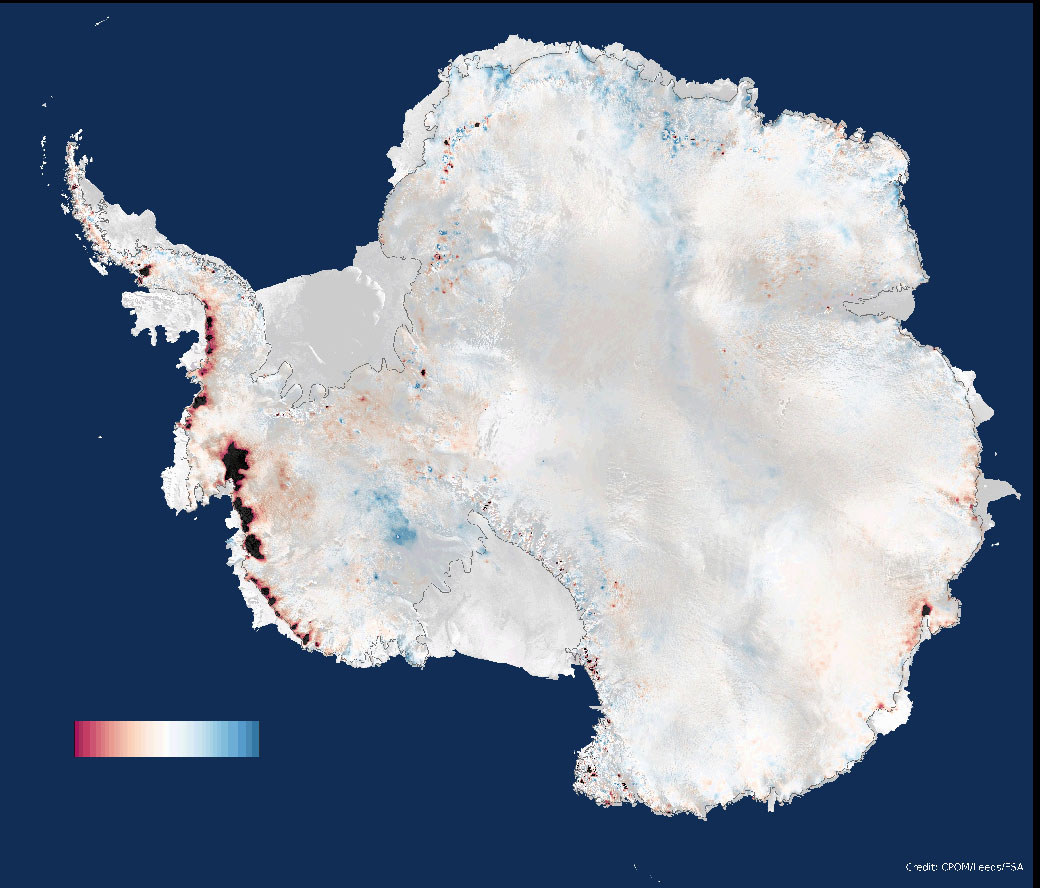TORONTO – Melting ice in West Antarctica has caused a shift in gravity, according to new satellite data gathered by the European Space Agency‘s GOCE satellite.

But don’t worry: you won’t float off into space just yet.
READ MORE: Antarctic ice sheet melting faster than believed, new study finds
Although GOCE — launched in 2009 to map Earth’s oceans and study the currents in the depths — was not designed to map changes, data acquired from the satellite, and analyzed by German, Dutch and American scientists, found that between 2009 and 2012 the decrease in ice from continuing ice melt in West Antarctica caused a slight dip in the gravity field.
Additional data from the ESA’s CryoSat satellite, also found that between 2011 and 2014, Antarctica has been shrinking in volume by 125 cubic kilometres a year. It also found that the rate of ice lost from the West Antarctic Ice Sheet every year has increased by a factor of three.
This finding may seem contrary to the recent increase in sea ice in the Antarctic. However, the West Antarctic is considered a particularly vulnerable area on the icy continent. This is because it is believed that the ice sheet is attached to a bed below sea level, which is more susceptible to warm ocean currents. This would cause the ice to melt, then move the line that grounds the ice sheet inland and then causing ice shelves — like the Ross and Ronne in West Antarctica — to collapse. Melting ice shelves would then prevent glaciers from heading out to sea, which would then thin and melt.
“We are now working in an interdisciplinary team to extend the analysis of GOCE’s data to all of Antarctica,” said Johannes Bouman the German Geodetic Research Institute in an ESA statement. “This will help us gain further comparison with results from CryoSat for an even more reliable picture of actual changes in ice mass.”



Comments